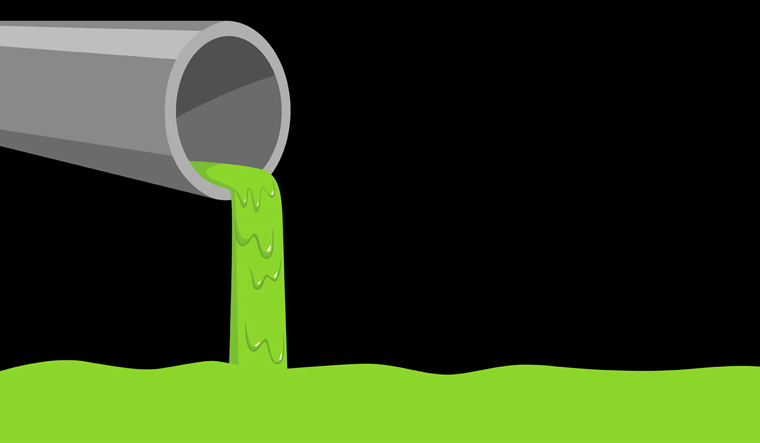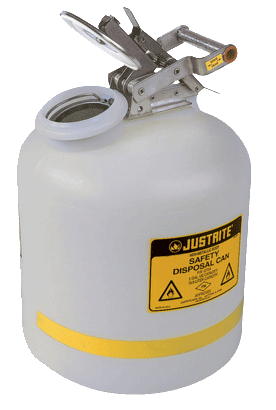Reliable Liquid Waste Disposal Melbourne: Safe and Reliable Providers
Reliable Liquid Waste Disposal Melbourne: Safe and Reliable Providers
Blog Article
Just How Liquid Waste Disposal Works: An In-depth Summary of Techniques and Technologies Utilized

Review of Fluid Waste Kind
The intricacy of fluid waste types requires a comprehensive understanding of their characteristics and ramifications for disposal. Fluid waste can extensively be classified right into a number of types, consisting of industrial, community, farming, and contaminated materials. Each classification displays distinctive residential or commercial properties, calling for particular administration techniques to alleviate ecological and health and wellness threats.
Industrial fluid waste stems from manufacturing processes and commonly consists of an array of impurities, such as hefty steels, solvents, and organic compounds. Community liquid waste, primarily comprising wastewater from homes and business facilities, contains organic matter, nutrients, and virus (industrial wastewater treatment). Agricultural liquid waste, including overflow from farms, might contain plant foods, pesticides, and animal waste, posturing threats to water high quality and ecological communities
Harmful fluid waste is defined by its poisoning, sensitivity, or potential to trigger harm. Recognizing these diverse liquid waste types is critical for developing effective disposal approaches and making certain compliance with environmental policies.
Physical Therapy Approaches

Screening is the initial step, where bigger fragments and particles are removed from the fluid waste using displays or grates. In sedimentation containers, larger fragments clear up at the base, forming a sludge layer, while the made clear fluid can be additional treated.
Purification is another important method that involves passing the fluid with porous materials, such as sand or membranes, to capture smaller sized bits. This step enhances the high quality of the liquid, making it appropriate for subsequent treatment procedures.

Chemical Treatment Methods
Chemical treatment techniques are important for successfully handling liquid waste, especially in attending to liquified and colloidal impurities that physical methods might not adequately eliminate. These methods make use of numerous chemical representatives to neutralize, speed up, or transform dangerous compounds right into less dangerous kinds.
One typical method is coagulation and flocculation, where chemicals such as alum or ferric chloride are contributed to advertise the aggregation of put on hold bits. This procedure enhances sedimentation, enabling simpler elimination of the resulting sludge. In addition, oxidation procedures, using agents like chlorine or ozone, are used to damage down complicated organic substances and virus, providing the waste more secure for discharge or more therapy.
Neutralization is an additional vital method, which adjusts the pH of acidic or alkaline waste streams to neutral levels, preventing possible injury to downstream systems and the atmosphere. Additionally, advanced oxidation procedures (AOPs) utilize mixes of oxidants and ultraviolet light to break down persistent pollutants, attaining a greater level of treatment performance.
Organic Treatment Procedures
Biological therapy processes play a vital duty in the management of fluid waste by using bacteria to decompose organic matter and lower impurity degrees. These processes can be extensively categorized right into aerobic and anaerobic therapies, each using particular microbial neighborhoods to achieve reliable waste degradation.
Cardio therapy involves making use of oxygen to assist in the breakdown of natural materials by germs. This procedure is generally implemented in activated sludge systems, where aeration storage tanks offer a conducive atmosphere for microbial development, resulting in the oxidation of natural toxins. The resultant biomass can be separated from treated effluent through sedimentation.
On the other hand, anaerobic treatment happens in the absence of oxygen, relying on various bacteria to break down raw material. This approach is especially useful for high-strength waste, as it produces biogas, an eco-friendly power source, while decreasing sludge manufacturing. Technologies such as anaerobic digesters are often used in community and industrial applications.
Both anaerobic and aerobic biological treatments not just decrease the ecological influence of liquid waste yet likewise promote source healing, making them vital components of sustainable waste administration strategies. Their efficiency, effectiveness, and versatility sustain their widespread execution across various industries.
Emerging Technologies in Disposal
Innovative approaches to fluid garbage disposal are quickly developing, driven by innovations in modern technology and a raising focus on sustainability. Amongst these emerging innovations, membrane layer bioreactors (MBRs) have actually obtained grip for their ability to combine biological treatment with membrane layer filtration, causing high-quality effluent that can be reused in various applications. MBRs allow smaller footprints and extra effective procedures contrasted to standard systems.
An additional appealing development is making use of anaerobic food digestion integrated with nutrient recuperation modern technologies, which not only treats liquid waste yet likewise creates biogas and recuperates important nutrients like nitrogen and phosphorus. This double advantage enhances source liquid waste removal melbourne effectiveness and decreases ecological influence.
In addition, progressed oxidation procedures (AOPs) are being embraced for the destruction of intricate organic toxins. These approaches use powerful oxidants and catalysts to damage down impurities at the molecular degree, offering a very reliable service for tough waste streams.
Furthermore, the integration of fabricated knowledge and machine understanding in waste monitoring systems is enhancing functional efficiency and predictive maintenance, causing decreased expenses and improved environmental conformity. These innovations mirror a substantial shift in the direction of more effective and lasting fluid garbage disposal techniques.
Conclusion
Finally, efficient fluid garbage disposal demands a comprehensive understanding of various strategies and innovations. The integration of physical, chemical, and biological treatment methods makes certain the reliable administration of diverse waste kinds. Moreover, the development of innovative innovations boosts therapy effectiveness and promotes sustainability in waste monitoring techniques. By continually advancing these techniques, it comes to be possible to attend to the growing obstacles linked with liquid waste, inevitably contributing to environmental security and resource healing.
Fluid waste disposal is a vital element of ecological monitoring, requiring a comprehensive understanding of different techniques and technologies customized to various waste types. Liquid waste can broadly be categorized into numerous types, consisting of industrial, community, farming, and dangerous waste. Agricultural liquid waste, including overflow from ranches, may contain plant foods, pesticides, and pet waste, posturing dangers to water quality and environments.
Numerous physical therapy techniques play a crucial function in managing liquid waste effectively - industrial wastewater treatment.In conclusion, efficient fluid waste disposal requires a comprehensive understanding of numerous strategies and modern technologies
Report this page